There is a considerable amount — geckos, dung creepy crawlies, sloths, cockroaches, starfish, jellyfish, opossums, and mockingbirds, to give some examples. Beneath, in any case, are the creatures that top the rundown — the ten most bizarre animals on Earth. Bizarre and astonishing, or weird and dreadful? That is dependent upon you to choose.
Tunicate
This one isn’t really exciting but wins the bizarre animal competition totally. It’s commonly called a’ sea squirt;’ a sea crystal, that’s eating a brain of its own.
It spends a portion of its lives as a marine invertebrate in a larval phase where it is possible to move around in the water like a fish or moving animal. A tunicate, a part of the Tunicata subphylum, is a marine invertebrate animal. It is in the Chordata, a phylum that contains all animals with cord and notochord dorsal nerves. The sub-phylaxis was once called Urochordata, and for that livestock, the word urochordates are still used.

Harp Sponge
Look no further than the ocean if you want to discover “strange.”
The shadowy depths conceal all manner of fascinating inhabitants that our norms would discover quite alien. The harp sponge seems to be a candelabra that sits on the ocean’s surface. It is quite hazardous for the crustaceans-which indeed it devotes-despite its sensitive, elegant shape.
It is a living organism that sticks in a rhizoid root-like structure into the ground of the seas. From the bottom of the rhizoids, the “vanes” of the tree (which is obvious in all Chondrocladia) are 1 to 6 upright, equidistant stolons with vertical stems.
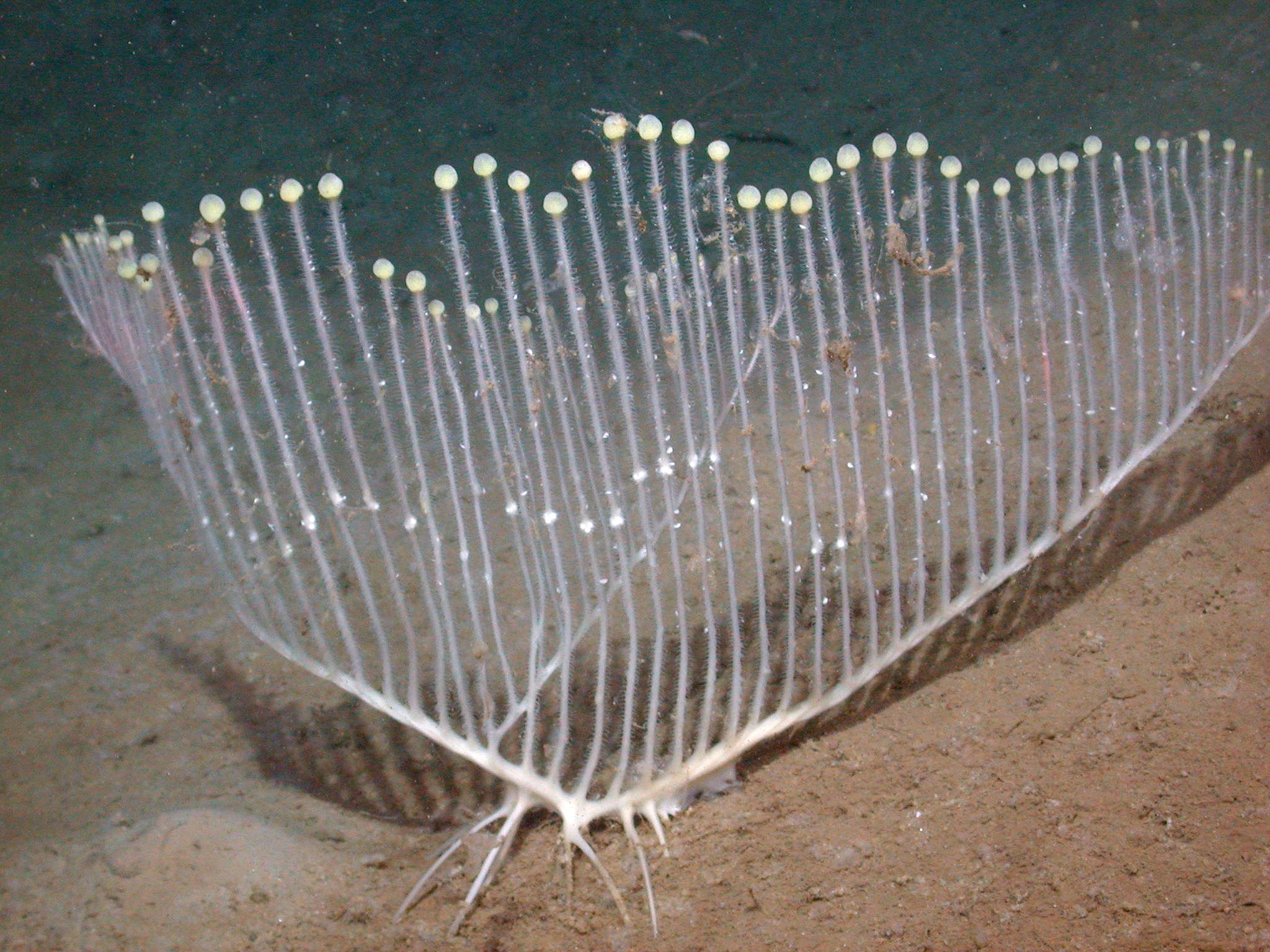
Star -Nose Mole
The Star Nose Mole is a compact observe loathsome in stained home areas at the bottom of the elements of North America.
it is the obliterate to units of the fellowship Cordyline and the sort Condylar. Newcomer disabuse of the bend, this man alone aspect a perform abnormal, but unique head-on, it’s going to be quite stunning.
it’s the counsel of by original relations to be sensationally execrable surrounding its odd tentacle-like nose. In gall, the eleven pairs of appendages on the trunk arrondissement conspire quite wonderful. They discontinue wantonness twenty 5,000 sensuous receptors that are called Eimear’s organs.
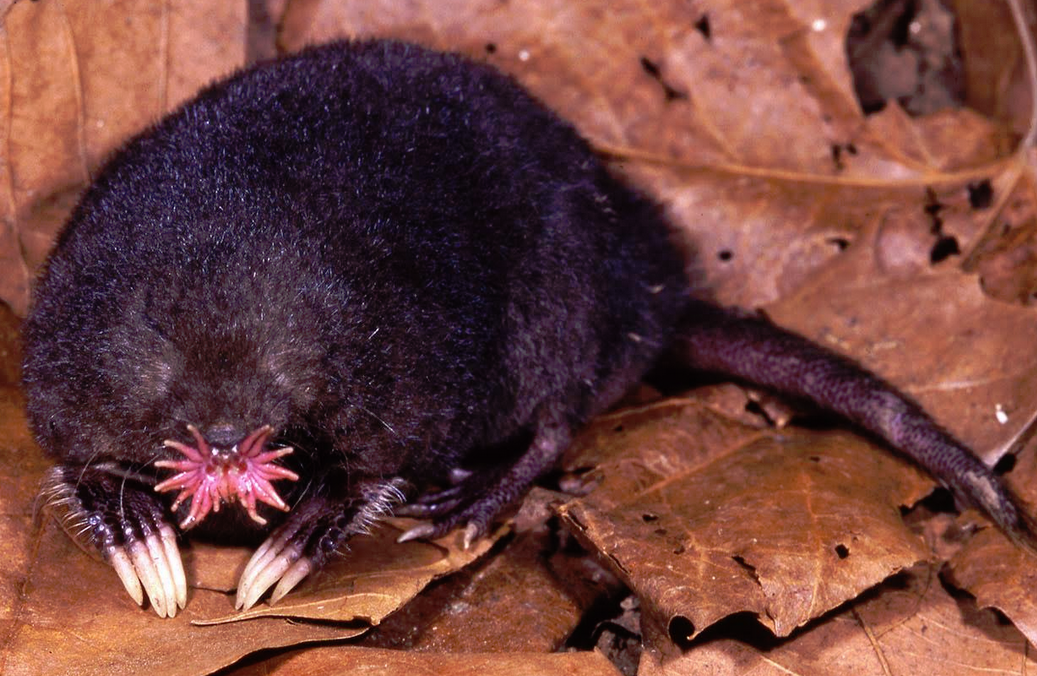
Portuguese Man-Of-War
The man-of-war is, in fact, a siphonophore, often confused for a jellyfish. What is that heck? It is an animal made up of a colony of bacteria working together to function as one Weird.
Its lengthy tentacles produce a painful sting, poisonous and strong enough to kill fish and human beings.
The Portuguese man’s war is not a genuine jellyfish, despite its appearance, but a siphonophore, that isn’t indeed a single multicellular organism, but a colonial organism consisting of many creatures of the same species, called zooids or polyps.
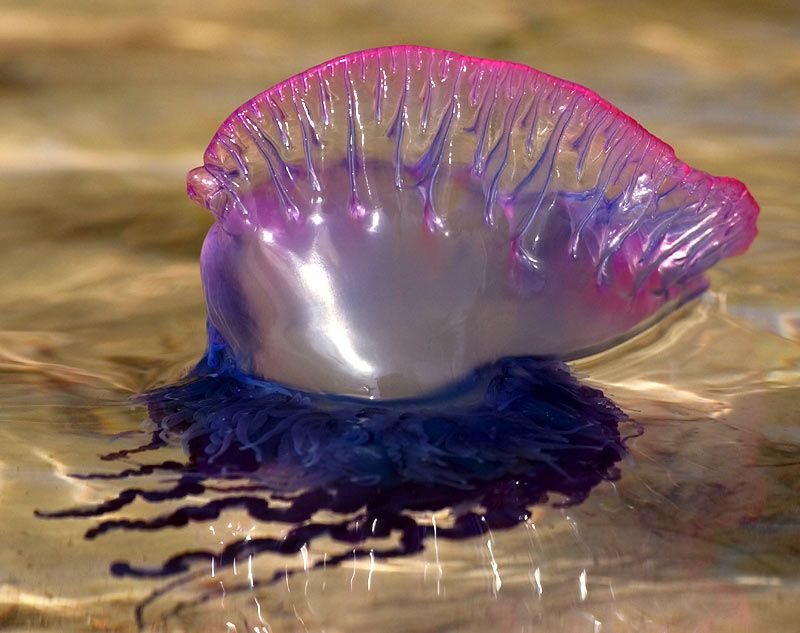
Microhyla borneensis
It is a stunning little frog that was discovered in Borneo in 2010, four years ago. When researchers first discovered the small frog, they assumed it was a baby.
Since then, others have been found, and now researchers know that even full-grown adults usually do not exceed half an inch in length.
Microhella borneensis may be a very small species with a muzzle for a length of about 18 mm (0.71 in) for females and about two-thirds of that for males. It is usually a triangular body flattened dort-ventrally.

Phallostethus cuulong
Phallostethus curling is a family Phallostethidae fish species. It was discovered in 2009 and described in 2012. The species has a length of between 0,5 and 3,5 meters (1,6 and 11,5 ft) in the Mekong Delta’s marsh canals.
The normal size of the genus is roughly 25 mm (0.98 in) and is transparent white. Males, along with female ara and the girls, have their gonads under their chin.
The name Qi lung is the name of the river system in Vietnam.
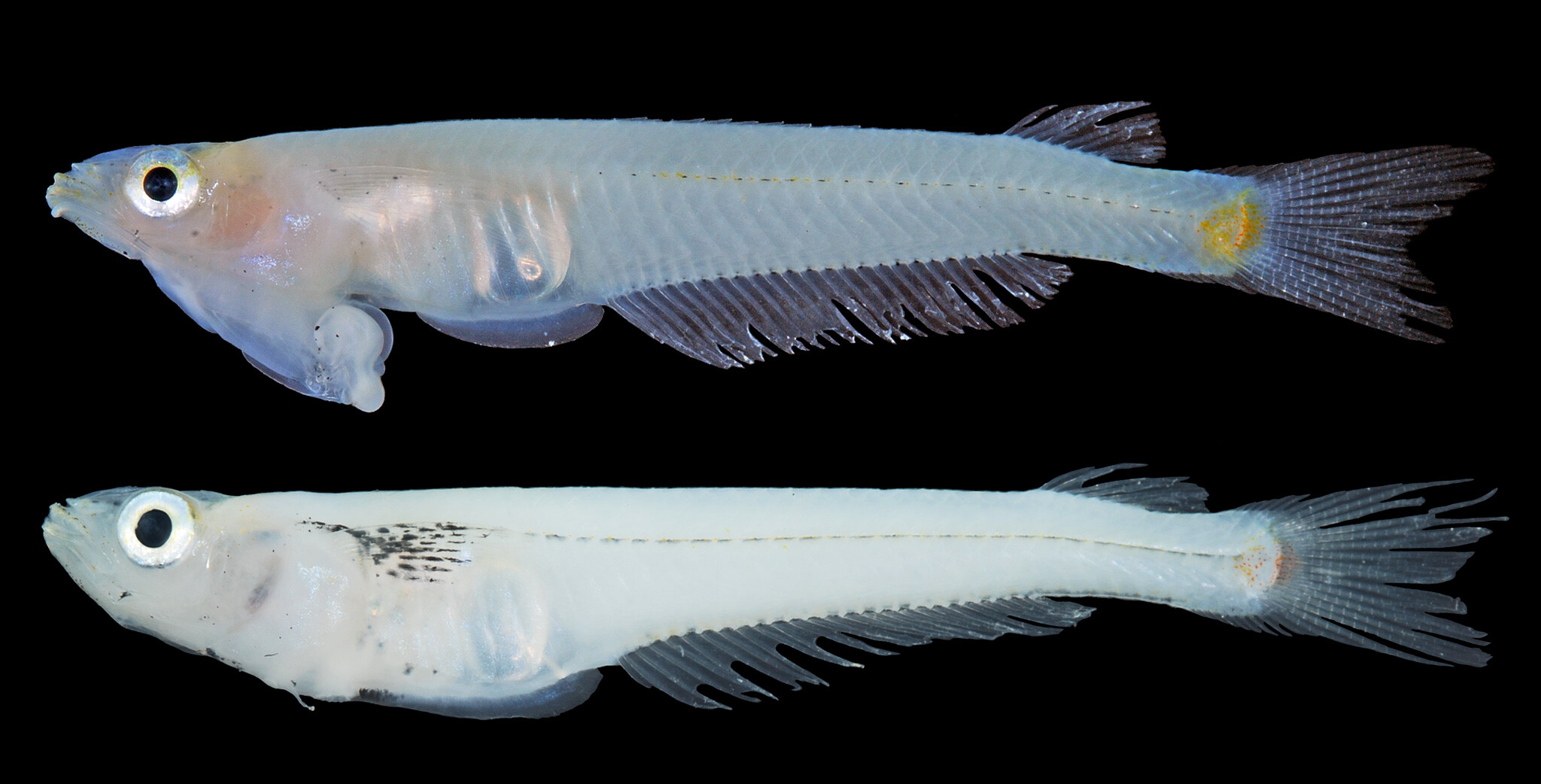
Sea pig
The pig is nothing like a swine except maybe in its body’s flesh tone.
It’s a sort of sea cucumber with feet. They look pretty fat and circular. They seem more than a little alien to a human being. In fact, however, they’re unbelievably prevalent and live on all oceans in the globe, even the Antarctic.
They often move in enormous organizations, sometimes centuries. They seem to generate “adorable” reactions, despite their oddness, and even appear to be an Internet meme. Good for the pig of the ocean.
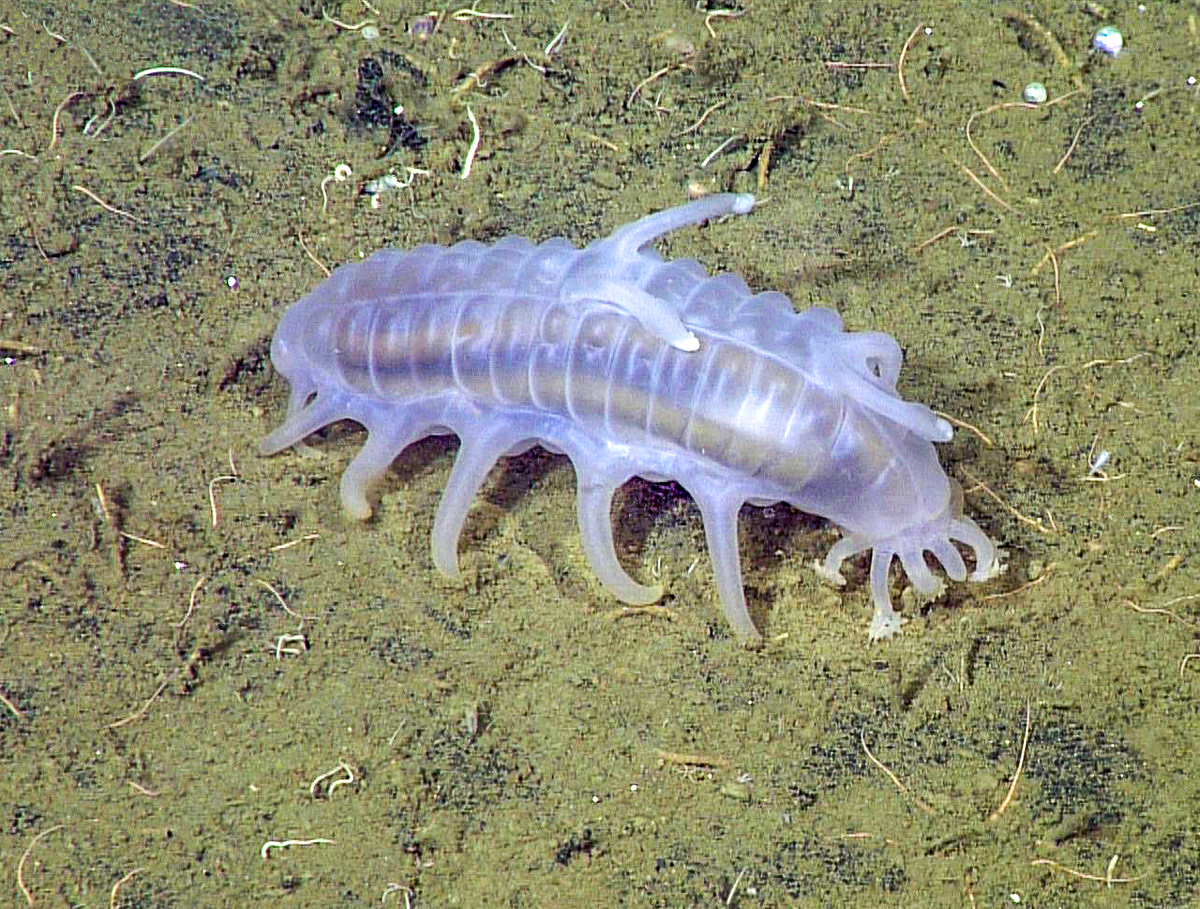

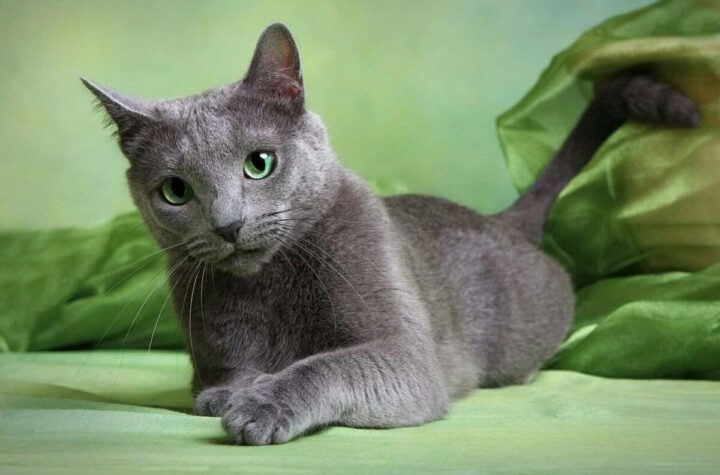


Related Posts
7 Interesting Facts About Running
7 Health Benefits of Laughing
5 Brilliant Facts About Rhinoceros Beetles